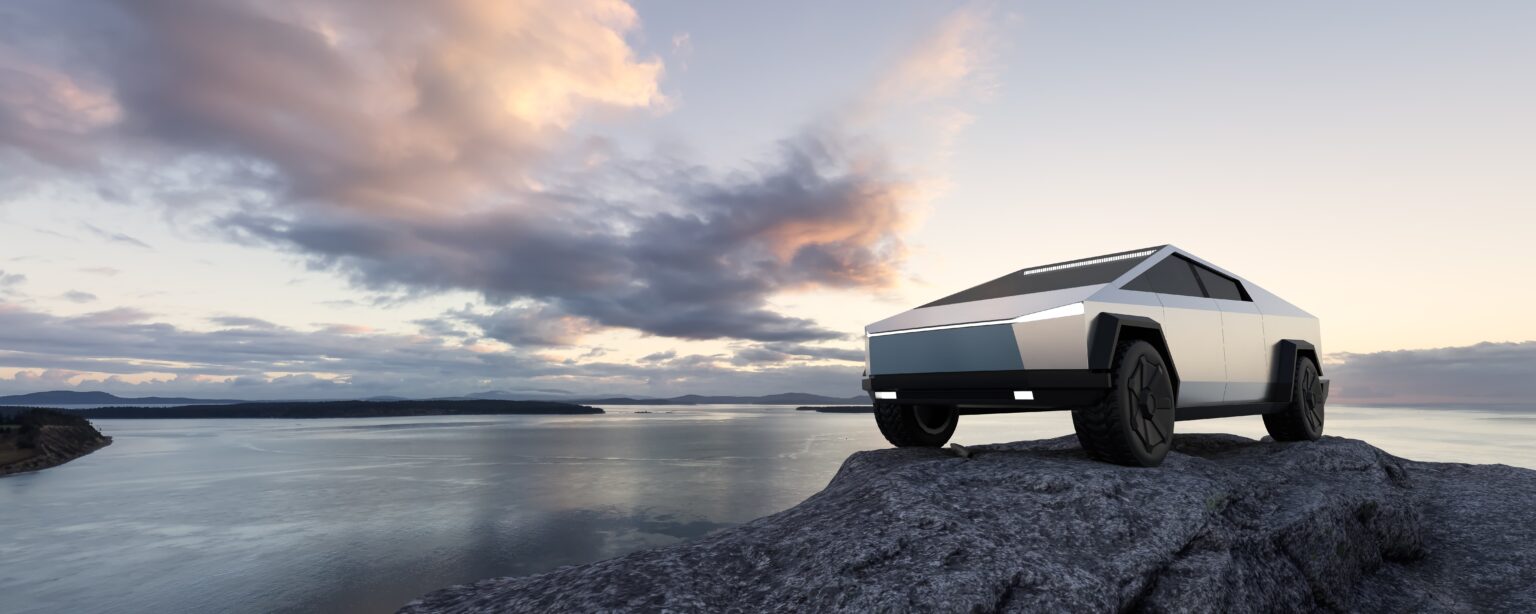Tesla is navigating a period of financial turbulence after reporting a significant decline in its second-quarter results for 2025. Revenue dropped by 12%, and net profit slid 16% compared to the same quarter last year, marking one of the company’s most pronounced downturns in over a decade. CEO Elon Musk acknowledged that the company is entering a challenging phase, citing reduced government incentives for electric vehicles, a sharp decrease in regulatory credit income, and new import tariffs affecting operations in China and Mexico.
Despite these pressures, Tesla’s gross margin remained stable at 17.2%, offering a glimmer of stability. However, with global EV competition increasing, especially from Chinese manufacturers and European brands, Tesla is quickly shifting its strategic focus. Musk has emphasized that the company’s long-term growth will hinge not on traditional car sales, but on the successful deployment of autonomous mobility services—most notably, a fully operational robotaxi fleet.
First Robotaxi Program Launched in Austin
In June, Tesla quietly initiated its first robotaxi pilot program in Austin, Texas, without a formal announcement. The initial fleet consists of 10 to 20 Model Y vehicles outfitted with Tesla’s Full Self-Driving (FSD) software. These vehicles are operating within a geofenced section of South Austin, and rides are reportedly priced at a flat rate of $4.20. While labeled as robotaxis, each vehicle currently includes a human safety driver seated in the front—underscoring that this is not yet a fully autonomous rollout.
Early footage and rider feedback point to a mixed performance. Some users described their experience as smooth and futuristic, while others noted abrupt stops and occasional driving errors, such as incorrect turns or lane drifting. These issues have drawn the attention of federal regulators, including the National Highway Traffic Safety Administration, which continues to monitor Tesla’s autonomous developments closely.
Texas Legislation Sparks Political Tensions
Tesla’s robotaxi pilot is unfolding just weeks ahead of new legislation in Texas, effective September 1, that will impose stricter requirements for autonomous vehicles. The law mandates detailed safety reporting, state-level inspections, and the presence of emergency response protocols. A group of Democratic lawmakers in the state has urged Tesla to pause the pilot until the new regulations are in place. Tesla has not publicly responded to these requests.
This political friction highlights the broader regulatory challenges Tesla faces as it pushes into autonomous ride-hailing. In contrast to competitors like Waymo, which already operates fully driverless services in cities like Phoenix and San Francisco, Tesla is still reliant on human-supervised testing and has not yet achieved Level 4 autonomy. The rollout in Austin is, for now, more of a symbolic step than a technological leap.
Robotaxi Vision Tied to Tesla’s Future Strategy
Despite regulatory hurdles and technical imperfections, Elon Musk continues to present robotaxis as a core component of Tesla’s future. He has suggested that over a million existing Teslas could eventually be deployed in a shared autonomous network, dramatically reducing the cost per mile for users. Tesla plans to introduce a purpose-built Cybercab in 2026, with full production starting in 2027. In the meantime, the company is expanding testing to additional U.S. cities, including San Antonio and Los Angeles, pending regulatory approval.
Tesla’s approach differs sharply from competitors. Unlike Waymo or Amazon’s Zoox, which rely on expensive lidar-based systems, Tesla is pursuing a camera-only solution to keep costs down and scalability high. This strategy is bold but comes with significant risks. Industry analysts have raised concerns about safety, consistency, and whether Tesla can meet profitability targets without reducing hardware costs below the $100,000 per vehicle threshold.
Investor reactions remain cautiously optimistic. Tesla’s share price rose nearly 10% after reports of the Austin pilot emerged, recovering from losses tied to the company’s earnings report and Musk’s political controversies. While full autonomy may still be a distant goal, Tesla’s robotaxi initiative is already reshaping the narrative around the company’s future.


